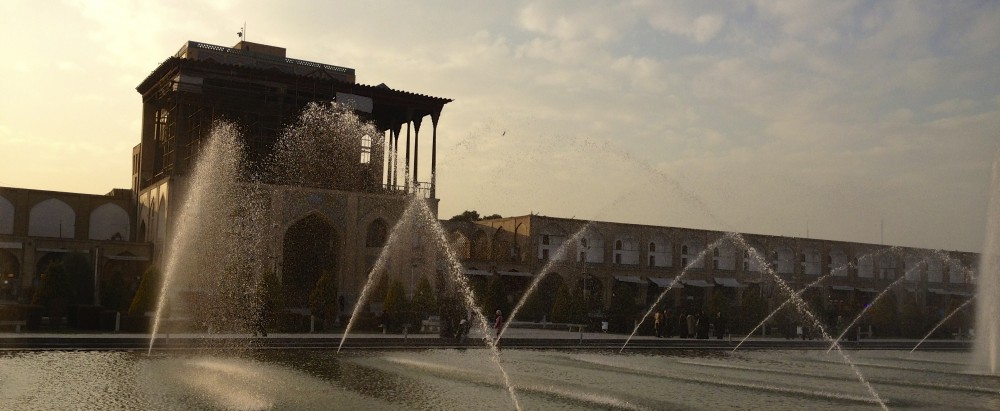First year of clerkship has flown by as faster than I could figure out which side of my stethoscope to use. It’s been an eye opening experience to see Medicine actually practiced on a day to day basis. Romantic notions formed from watching TV or reading books have been shattered, simple idealist approaches nurtured in pre-clership have been challenged and seasoned with grains of salt. It’s been the most intense eye opening experience of my life and probably the year I’ve learned the most in the shortest period of time.
By the time summer had came along, Medicine was a whole new world for me, I finally had the map for it and at least knew of all the amazing things I had yet to learn or understand. But this also came at a cost, first of which was a summer without break spent working and studying. Weekends are great and you can do a lot in a couple of days, but somethings are just not possible. For example, I realized I really missed hiking, especially exploring a new landscape with rough terrain. Multi-day backpacking hikes give me a sense of simplicity. Away from the buzz and the lights, life becomes about the pack on your back, the trail ahead of you and whatever comes around the corner.
By august, I was craving this and it was starting to effect my enjoyment for Clerkship. Lucky for us here at Queen’s, we have 5 personal days which we are allowed to use throughout the two years of clerkship as we see fit. So I used up a couple of these, tacked them onto Labour Day weekend and booked a flight to NewFoundland with my girlfriend Steph. We decided to do a backcountry orienteering hike called the Long Range Traverse in Gros Morne national park. I was first drawn to this park by the classic images of the fjord, but reading more about this epic 37km trail-less hike through the arctic like plateau really sold it.
One of the exciting parts of this hike was the need to use map and compass to guide you through the park. I think growing up in Canada this is a necessary experience, it gives you a small sense of how this immense land was navigated by explorers. So needless to say we spent the better part of the month before the hike preparing and planning, and whether it was buying Gator’s or just researching route advice, it all came in handy.

Me after I lost my right leg to a bog. I was wet up to my hips but damn those gators kept my calves and ankles dry.
The planning really built up the excitement for our trip and it focused my attention briefly away from Medicine. This is probably not what my professors or supervisors want to hear, but I think overall this cleared my mind and made me a better clinician and care provider for my patients. The trip itself gave me time to reflect on my priorities, my goals and the reasons I chose to be a physician. But more on this in my next post…









